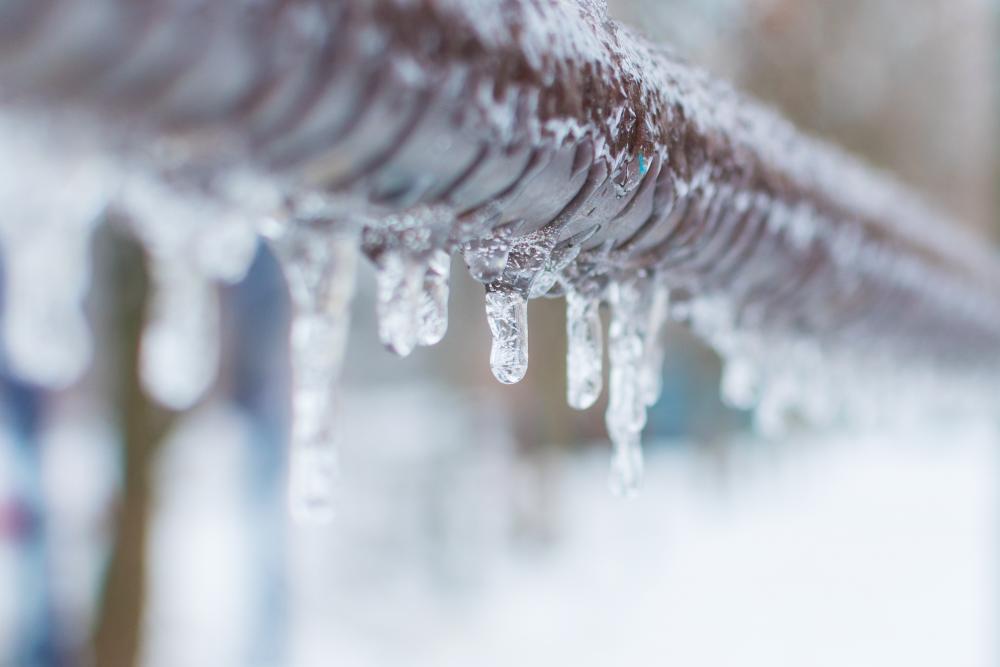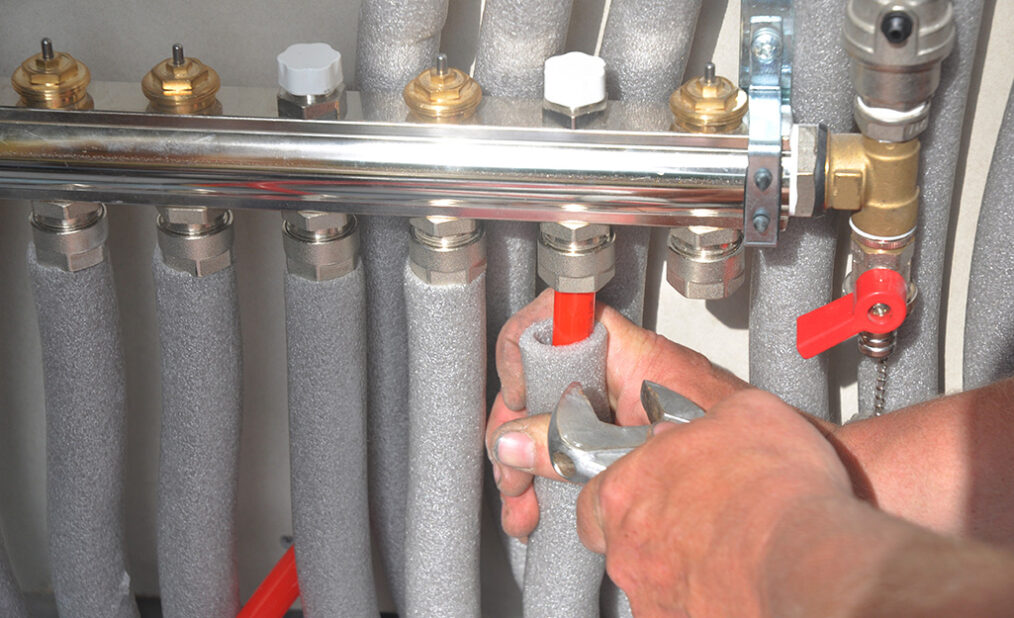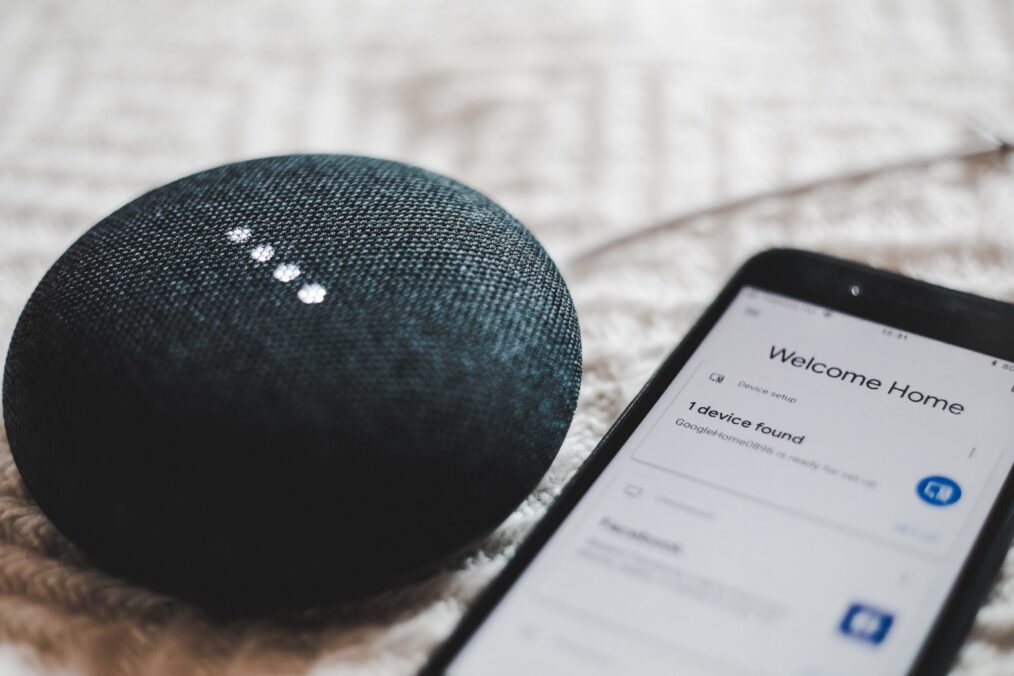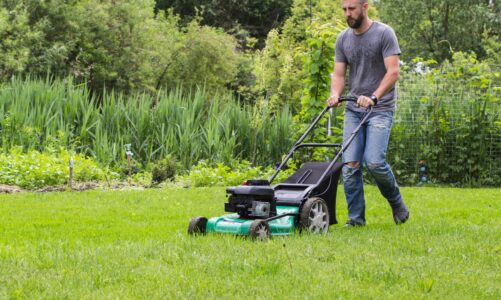The winter period is in full swing, and low temperatures can create great damage to the water infrastructure – but also in our homes. The most common cause of problems is frozen pipes – so we need to know how to prevent this in time. Therefore, we will point out 5 ways you can prevent frozen pipes during the winter season.
Importance Of Pipe Protection During The Winter Period
We don’t face a polar winter every year, but a short period when sub-zero temperatures prevail – is just enough to cause great damage to pipelines. Ice in pipe installations can cause major headaches for property owners because, in addition to disrupting the water supply – it can result in pipe bursts and high repair and remediation costs. As every winter, it seems that the days during which the mercury in the thermometer will drop below zero are ahead of us – so it is good to know certain things when it comes to protecting water pipes from freezing.
Better Safe Than Sorry

When it comes to health, prevention is always better than the cure. You should follow the same rule when setting up plumbing installations, water pipes, etc. It is necessary to think a few steps in advance, anticipate possible problems – and protect the weak points of the system with proper insulation. However, we are aware that most of the future property owners think: “Well, I guess it won’t happen to me.” Unfortunately, winter sometimes shows its teeth – and it often turns out that such an optimistic way of thinking has nothing to do with reality. In that case, we resort to all possible ways of protection.
1. Maintain the temperature in the house and outbuildings
Of course, this is the first prerequisite for your pipes not to end up frozen. If you keep the house warm, then you don’t have much to worry about. However, if you are absent, and you may have a guest house next to the main house, or you have several heating floors – then you must provide a temperature that will not allow your pipes to freeze. Some optimum temperatures are around 65 degrees. However, you can check this, and inquire with the professionals on what would be the best way to protect your pipes from freezing, depending on the area where you live, and the time you will be away from your home. If you are in a situation where you will not use the house at all during the winter – then you can always secure the pipes by turning the main valve.
2. Protect installations around the water supply connection with the insulation material

You already know that you are responsible for the maintenance of internal plumbing, which consists of all pipelines and internal water meters behind the main water meter. Therefore, you need to protect them – primarily the shaft of the water supply connection and installations that are exposed to cold outside the building and in unheated buildings (such as holiday homes, garages, pantries, summer kitchens, and similar buildings). One of the most common “victims” of low temperatures is water meter glass and connecting pipes. Therefore, you will best protect the installation inside the water meter connection shaft if you cover the walls and the lower part of the cover with rigid insulating material.
3. Install insulation on the outside walls of the house
During the winter, poor insulation can be a big problem. Not only can condensation occur – but pipes can also crack inside the walls in which they are located. To prevent this, you can add an extra layer of insulation to those walls through which the pipes pass. If this option is too expensive for you, help yourself at least by adding an insulation foam to the edges of the walls or cracks and preventing water from reaching them and starting to freeze. When the wall starts to freeze, likely, the pipes will also freeze – and this often leads to cracking, which is a far more serious situation.
4. Use smart technology

Fortunately, today this technology is available to most of us – so even in the case of frozen pipes, we can rely on smart devices. First of all, we mean the temperature sensors – that will notify you when the temperature has dropped so much that your pipes can get close to the freezing point. What is best of all, is the fact that you don’t have to be in the house at all, but you can control the whole process remotely. There are also smart systems that can detect water leaks and more.
5. Protect taps – close valves
When we are not staying in the house during the winter, it can be especially inconvenient. The greatest risk of freezing is posed by taps placed on external surfaces, so it is advisable to close the valves leading to them, drain the remaining water, and physically protect them with some insulating material. Don’t worry about the visual experience. A faucet wrapped in a warm layer of old rags and covered with nylon may not look nice, but it will “survive” low temperatures and faithfully continue to serve you with the arrival of warmer weather.
What If It’s Too Late?
In case your pipes are already frozen, seek professional advice or help immediately. Freezing can cause the pipes to burst, which you will notice either physically when the ice melts and water starts to leak into the wall or when you get a high water bill. You can also try to melt the ice in the pipe with a heater, hairdryer, or warm water. In doing so, be patient and do not try anything by force. It is better to be without water for a little longer – than to additionally risk a ruptured pipe. And another tip in this situation. If freezing occurs, open the taps located at the end of the frozen pipe. This way, the water will be able to flow freely after dissolution. Still, we hope you won’t find yourself in a situation like this. Just follow these simple rules, and your pipes will remain safe during the winter.




